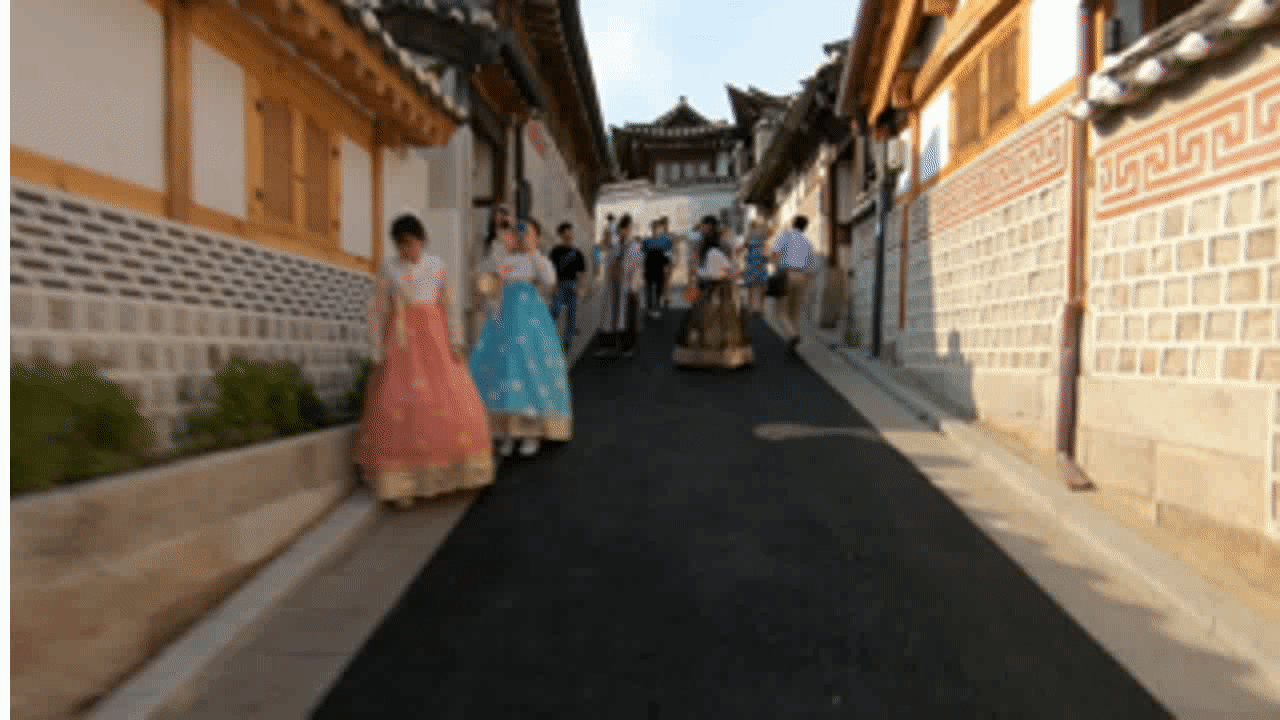Towards Interpretable Video Super-Resolution via Alternating Optimization
In this paper, we study a practical space-time video super-resolution (STVSR) problem which aims at generating a high-framerate high-resolution sharp video from a low-framerate low-resolution blurry video. Such problem often occurs when recording a fast dynamic event with a low-framerate and low-resolution camera, and the captured video would suffer from three typical issues: i) motion blur occurs due to object/camera motions during exposure time; ii) motion aliasing is unavoidable when the event temporal frequency exceeds the Nyquist limit of temporal sampling; iii) high-frequency details are lost because of the low spatial sampling rate. These issues can be alleviated by a cascade of three separate sub-tasks, including video deblurring, frame interpolation, and super-resolution, which, however, would fail to capture the spatial and temporal correlations among video sequences. To address this, we propose an interpretable STVSR framework by leveraging both model-based and learning-based methods. Specifically, we formulate STVSR as a joint video deblurring, frame interpolation, and super-resolution problem, and solve it as two sub-problems in an alternate way. For the first sub-problem, we derive an interpretable analytical solution and use it as a Fourier data transform layer. Then, we propose a recurrent video enhancement layer for the second sub-problem to further recover high-frequency details. Extensive experiments demonstrate the superiority of our method in terms of quantitative metrics and visual quality.
PDF Abstract




